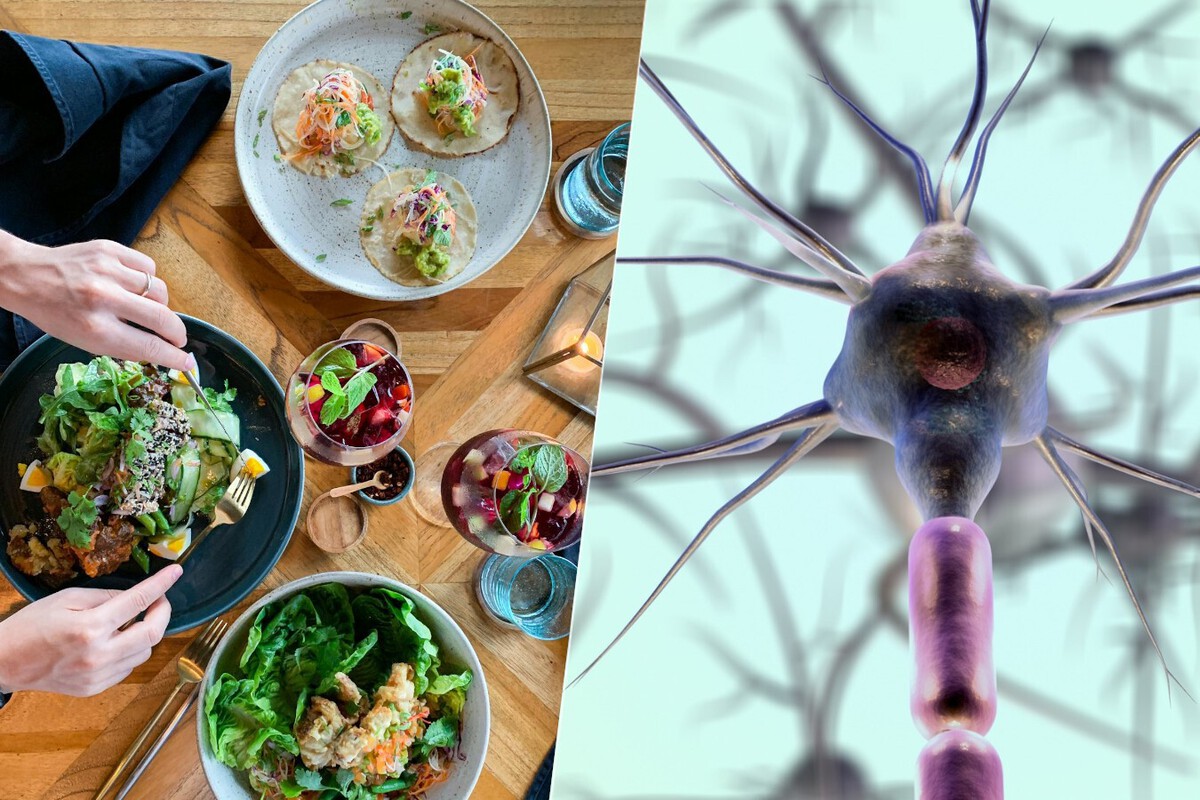Hunger and thirst are basic sensations for our survival, however annoying they may be. Our body needs to remind us that it needs water and nutrients regularly and evolution has been laying the foundations for a mechanism that is more complex than we might initially think.
Interpreting the signal. A new study has found new clues about how our brain interprets the existence of a need to feed and hydrate ourselves, and how it turns this need into action. The team was even able to make drinks that were avoided by the mice become desired by them thanks to the stimulation of certain neurons.
Generalists and specialists. The team managed to identify groups of nerve cells in the amygdala involved in feelings of hunger and thirst, some of them specialized in one of the functions, others more versatile. This led to the discovery of the first group of “thirst neurons” in the amygdala.
“When we activated these neurons, the mice drank more, and when we suppressed their activity, the mice drank less,” said Federica Fermani, who led the study, in a press release. ”We also identified another group of neurons in the same region of the amygdala that generated thirst but also played a role in regulating hunger.”
Optogenetics. The team resorted to various genetic tools to study the activity, including one called optogenetics. This technique allows specific neurons to be activated using light-sensitive proteins and a laser capable of directing light precisely at the cell.

The team combined this tool with silencing techniques that allowed them to “turn off” neurons to study how their absence affects the animal’s behavior. They also used methods focused on monitoring individual neurons in different brain regions to map the functioning of neural networks through their connections with other cells.
The details of the methodology and the results of the study were published in an article in the journal Nature Communications.
And in humans? Logically, what we find in mice does not always have a reflection in humans. Despite this, the team responsible for the study points out that the structure of the amygdala is similar in mice and humans. This implies that the recent findings could help us understand how emotions and motivations can influence our eating habits, both in terms of food and drink, they explain.
Beyond subsistence. The team studied how the work of these neurons shapes our tastes and preferences. Eating and drinking is not just a matter of subsistence but also arouses taste, although this sometimes depends on preferences that we do not fully understand.
In their analysis, the team examined this connection by offering mice a less appetizing drink but stimulating the neurons in the central region of their amygdala. They observed that this neuronal stimulation changed the animal’s preferences, increasing its predilection for a previously disdained drink.
As the study’s authors explain, the work of these neurons can also help us understand why some people eat too much or too little. Understanding the work of these neurons could help us avoid the health problems associated with these behaviors.









